
Free Shipping on $50+
Published on 12/02/2025
Shin splints can be a real roadblock, disrupting your workouts and daily activities. Before we jump into solutions, let’s take a closer look at what causes this discomfort. Then, we’ll explore simple foam rolling techniques and the best foam rollers to help prevent and relieve shin splints to keep you moving.
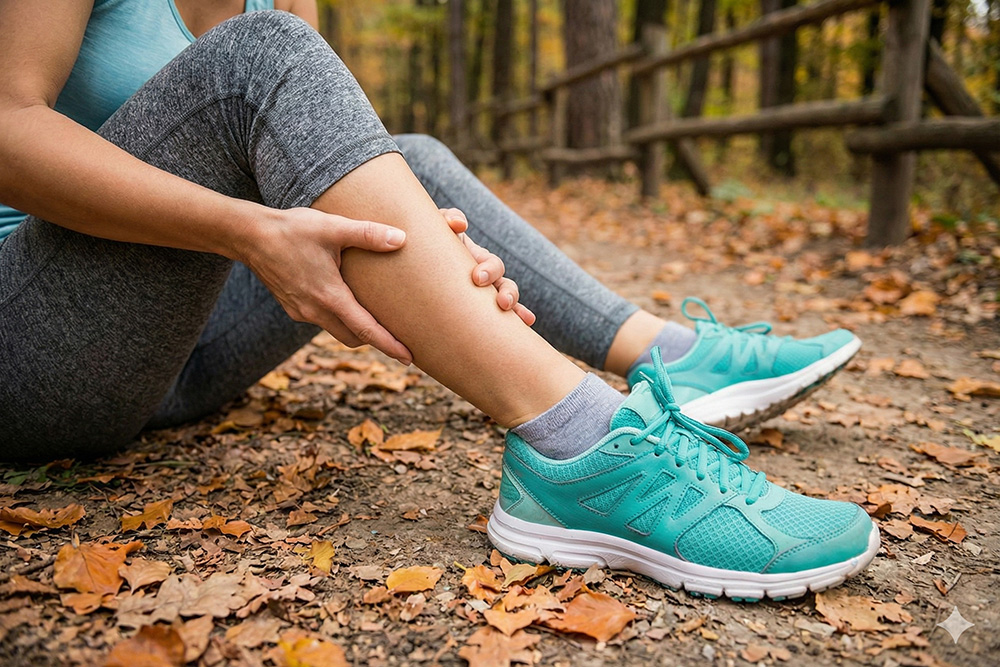
Shin splints, clinically called medial tibial stress syndrome (MTSS), are one of the most common exercise-related overuse injuries seen in athletes, runners, and military recruits. MTSS is defined by pain along the posteromedial border of the tibia (the inner edge of the shin bone) that is induced by repetitive weight-bearing activities like running, jumping, or abrupt increases in training intensity or duration. (McClure, 2023)
The underlying process in MTSS involves microtrauma to the cortical bone of the tibia, particularly at the site where the calf muscles attach. This repetitive strain leads to localized periostitis, an inflammation of the thin sheath (periosteum) covering the bone, and sometimes to microdamage within the bone itself. Over time, if adequate rest and recovery are not provided, MTSS may progress on a spectrum that includes more serious tibial stress fractures. (Medial, 2024)
Ignoring persistent pain can risk progression to stress fractures, so early management is critical and finding the best foam roller for the job is crucial.
Foam rolling is a form of self-myofascial release that can help reduce shin splint risk and relieve existing discomfort. By using gentle, targeted pressure, a foam roller loosens tight fascia and muscle groups in the lower leg, increases circulation, and accelerates healing. It’s a simple, proven strategy to soothe pain, enhance mobility, and prevent recurrence, especially when paired with smart training habits and the best foam roller. (See #5 “Choose the Best Foam Roller for Shin Splints”)
Preventative & Recovery: Regular calf rolling keeps lower-leg muscles flexible, reduces tension, and both helps prevent and manage shin splints by addressing tightness before and after running.
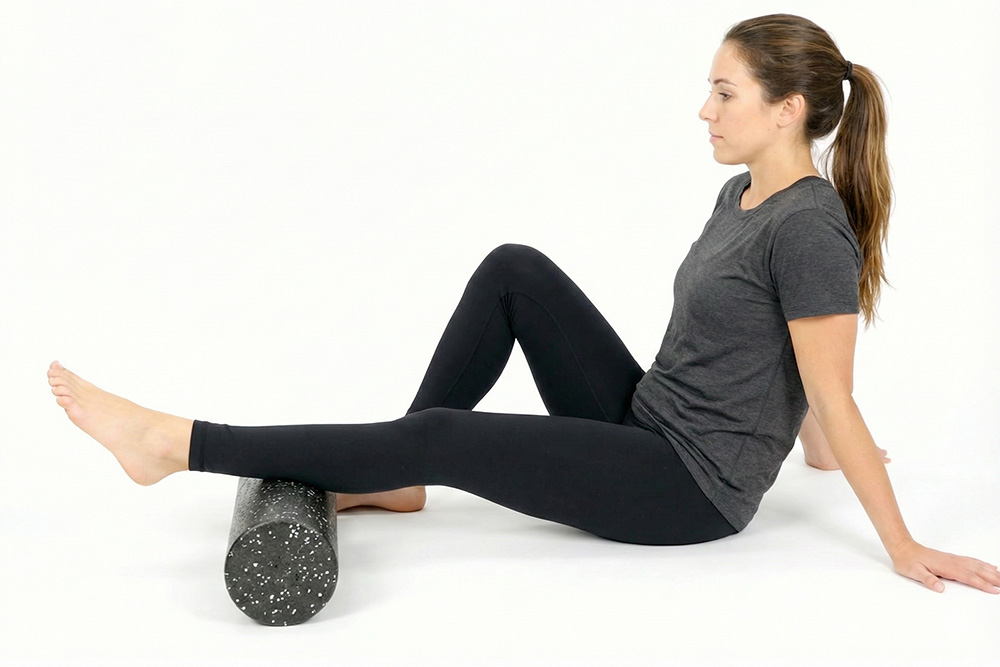
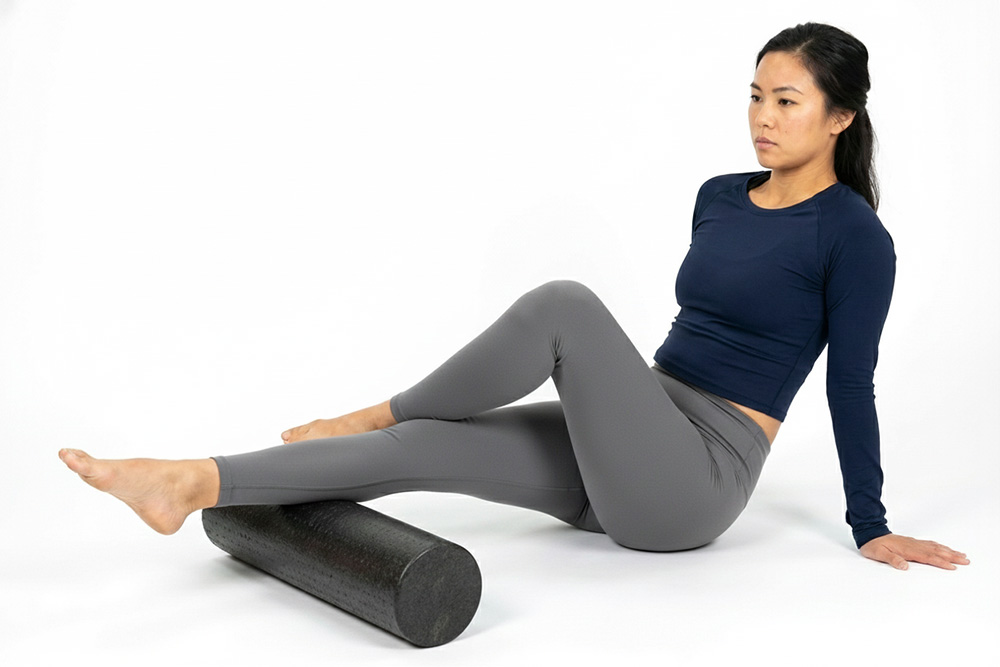
Recovery: This move directly soothes and relieves active shin splint pain by loosening the tibialis anterior and surrounding muscles along the front of the lower leg.


Preventative: Rolling the outside of the lower leg targets the peroneal muscles, promoting balance and reducing overuse injuries that contribute to the development of shin splints.
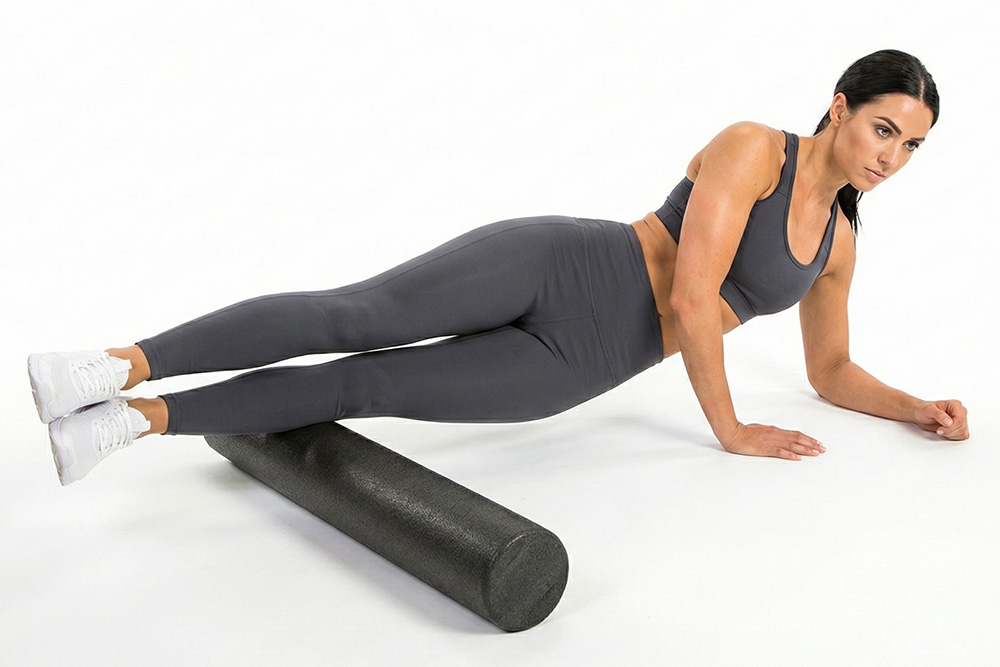

Preventative: Rolling the outside of the lower leg targets the peroneal muscles, promoting balance and reducing overuse injuries that contribute to the development of shin splints.
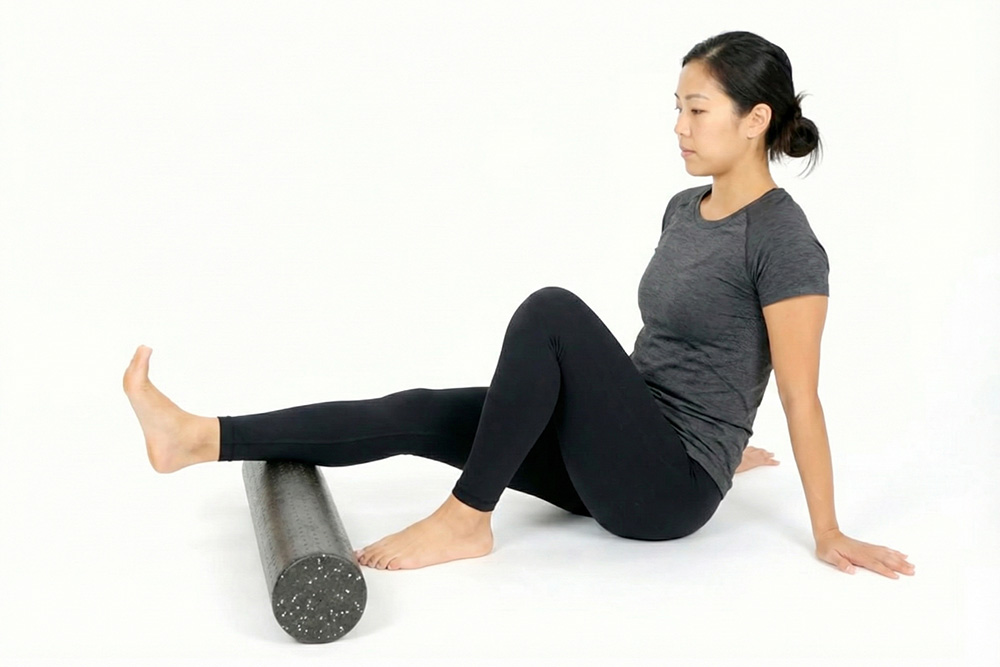
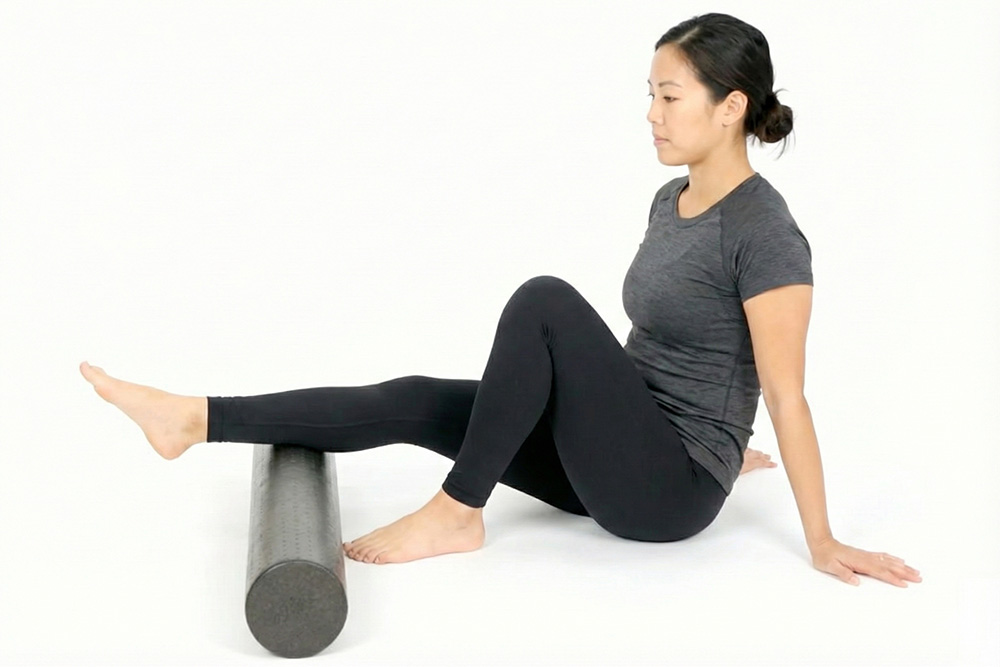
Shin splints can derail your training, but a targeted foam rolling routine addresses both prevention and relief. By focusing on the calves, anterior shin, and supporting lower leg muscles, you can keep your legs healthy, your shin splint pain at bay, and your running goals on track. Selecting the best foam roller for shin splints is essential for effective, comfortable rolling relief. Always combine foam rolling with stretching and smart training progression for the best results.
For more information on our awesome tools and programming:
Website: www.tigertailusa.com
Email: [email protected]
Disclaimer: This information is for general knowledge and informational purposes only and does not constitute medical advice. Consult a healthcare professional before starting any new exercise program.
Cheatham, S. W., Kolber, M. J., Cain, M., & Lee, M. (2015). The effects of self-myofascial release using a foam roll or roller massager on joint range of motion, muscle recovery, and performance: A systematic review. International Journal of Sports Physical Therapy, 10(6), 827-838.
Pearcey, G. E., Bradbury-Squires, D. J., Kawamoto, J. E., Drinkwater, E. J., Behm, D. G., & Button, D. C. (2015). Foam rolling for delayed-onset muscle soreness and recovery of dynamic performance measures. Journal of Athletic Training, 50(1), 5-13. https://doi.org/10.4085/1062-6050-50.1.01
Ting, K., Huh, A., & Roldan, C. J. (2020). Review of trigger point therapy for the treatment of myofascial pain syndromes. Anesthesiology and Pain Medicine Journal, 1(1), 1-8.

Spring Faussett is an American entrepreneur and inventor who founded Tiger Tail USA in 2006 with just $250, building the first 20,000 iconic orange and black massage sticks in her garage. A former Division I soccer player at Washington State University, her personal recovery journey inspired a passion for solving pain problems, resulting in over 15 patents in muscle recovery innovation. Faussett is an award-winning author of Happy Muscles®—Fast: a Self-Help Guide to Un-Knot Your Pain and holds a B.A. in Business and Communications from Washington State University, plus business certificates from Harvard and the University of Washington.